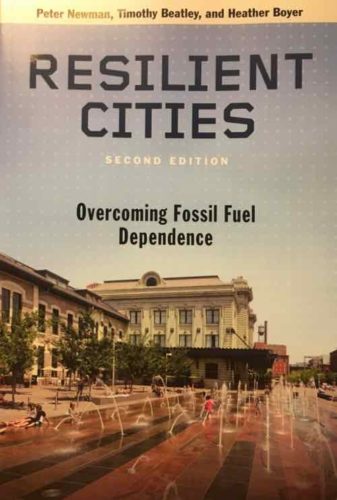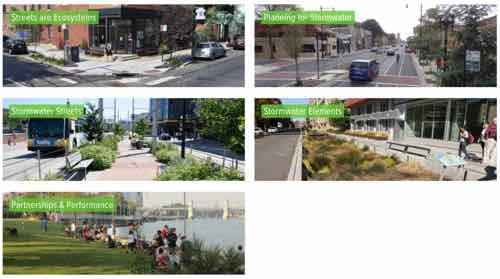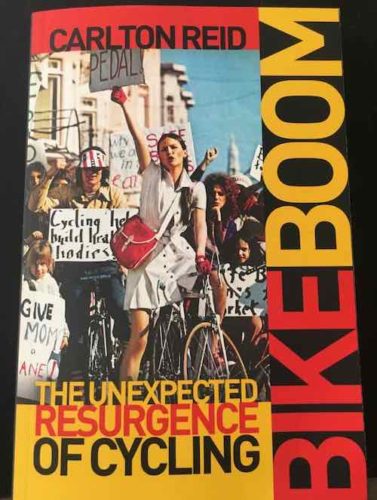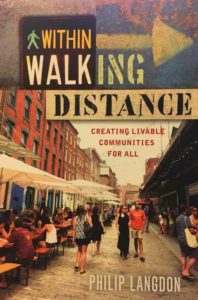Reading: Places in Need: The Changing Geography of Poverty by Scott W. Allard
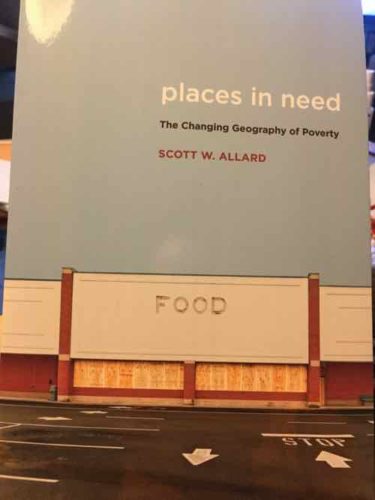 A new book, Places in Need: The Changing Geography of Poverty, by Scott W. Allard, takes a close look at poverty and where it is increasingly located — the suburbs. AS Allard points out, poverty still exists in the city center.
A new book, Places in Need: The Changing Geography of Poverty, by Scott W. Allard, takes a close look at poverty and where it is increasingly located — the suburbs. AS Allard points out, poverty still exists in the city center.
Americans think of suburbs as prosperous areas that are relatively free from poverty and unemployment. Yet, today more poor people live in the suburbs than in cities themselves. In Places in Need, social policy expert Scott W. Allard tracks how the number of poor people living in suburbs has more than doubled over the last 25 years, with little attention from either academics or policymakers. Rising suburban poverty has not coincided with a decrease in urban poverty, meaning that solutions for reducing poverty must work in both cities and suburbs. Allard notes that because the suburban social safety net is less developed than the urban safety net, a better understanding of suburban communities is critical for understanding and alleviating poverty in metropolitan areas.
Using census data, administrative data from safety net programs, and interviews with nonprofit leaders in the Chicago, Los Angeles, and Washington, D.C. metropolitan areas, Allard shows that poor suburban households resemble their urban counterparts in terms of labor force participation, family structure, and educational attainment. In the last few decades, suburbs have seen increases in single-parent households, decreases in the number of college graduates, and higher unemployment rates. As a result, suburban demand for safety net assistance has increased. Concerning is evidence suburban social service providers—which serve clients spread out over large geographical areas, and often lack the political and philanthropic support that urban nonprofit organizations can command—do not have sufficient resources to meet the demand.
To strengthen local safety nets, Allard argues for expanding funding and eligibility to federal programs such as SNAP and the Earned Income Tax Credit, which have proven effective in urban and suburban communities alike. He also proposes to increase the capabilities of community-based service providers through a mix of new funding and capacity-building efforts.
Places in Need demonstrates why researchers, policymakers, and nonprofit leaders should focus more on the shared fate of poor urban and suburban communities. This account of suburban vulnerability amidst persistent urban poverty provides a valuable foundation for developing more effective antipoverty strategies. (Russell Sage Foundation Press)
Suburban poverty, as Allard demonstrates, isn’t limited to low-ibcxomw suburbs either. Middlew class and even affluent suburban areas have poverty.
The chapters in the book are:
- Chapter 1 Introduction (Note: This chapter can be preview3d in PDF format.)
- Chapter 2 (Re)Considering Poverty and Place in the United States
- Chapter 3 e Changing Geography of Poverty in the United States
- Chapter 4 e Local Safety Net Response
- Chapter 5 Understanding Metropolitan Social Service Safety Nets
- Chapter 6 Rethinking Poverty, Rethinking Policy
Interesting data is available in the online technical index. Once just an inner-city problem, poverty is now wide-spread.
— Steve Patterson
